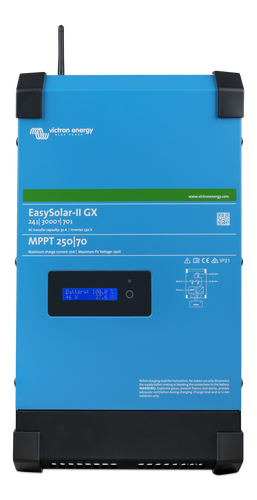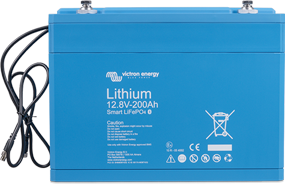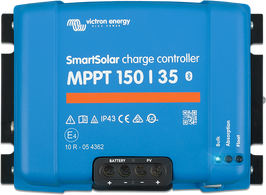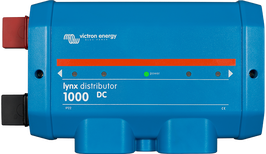
St. Francis Hospital in Zambia’s Eastern Province has been providing healthcare for 76 years. With over 500 beds, 700 staff and over 20,000 admissions a year the busy hospital is committed to providing essential medical care in spite of the local challenges – the most serious of which is electricity outages from an unreliable power grid.
Help is at hand – a recently completed solar energy system now provides twenty-four hour reliable power, without cost, allowing the hospital to generate its own medical grade oxygen from a three-phase supply. Life supporting oxygen is abundantly available and the cost savings can be re-invested in further patient care.
Using an INMATEC POC 8200 oxygen generator, ambient air is filtered by a zeolite molecular sieve which separates oxygen molecules from nitrogen molecules. The unit is capable of producing up to 14 cubic meters of 95% pure medical-grade oxygen per hour which is stored in a 500ltr pressure vessel at 140 bar using an 18.5kW Kaeser rotary screw compressor. There’s an additional high pressure cylinder filling system which is powered by a 1.1kW compressor.
The power system, which was installed by Yougo Limited with sponsorship from the Friends of St. Francis Katete Charitable Trust, has 140 Trina Solar panels rated at 345Wp – providing 48kWp. The system was built into a container which offers a number of advantages – most of the wiring can be completed at Yougo’s own premises; it is easy to transport; there is minimum disruption to patients and staff at the time of installation, and by being locked into a container unit the system is more secure.
The solar panels are ground-mounted, close-by.
When the sun shines, two 25kW SMA Sunny Tripower PV inverters provide a three-phase energy supply. Surplus energy from the panels is stored in a Pylontech US3000 battery bank of 140kWh total capacity. Power harvest is controlled by three 15kVA/48V Quattro inverter/chargers – which also provide three-phase power from battery storage at all other times.
The system also uses two MPPT 250/100 SmartSolar charge controllers – which are capable of 5.8kW operation with as much as 99% efficiency.
The system is harmonised by a Cerbo GX – a powerful processor which has a range of ports for hardware connections and provides data communication between all system components including third-party manufactured devices. The user interface for monitoring and on site engineering access is provided via a GX Touch 50 touch screen device. The Cerbo GX also allows engineers to programme the system remotely, via Victron’s free-to-use internet portal Victron Remote Management VRM.
- The Gateway device is a Cerbo GX and GX Touch 50 Display
- 3 x Quattro 48/15000/200 100/100 wired in 3 phase
- 40 X Pylontech US3000 battery modules and Hub
- 1 x SmartSolar MPPT VE.Can 250/100
- 1 x BlueSolar MPPT VE.Can 250/100
- 2 x 25kW SMA Tripower PV Inverter
Dr. Lalick O.C. Banda, Medical Superintendent at St. Francis Hospital, expressed how transformative this solar installation has been. “Before this system, we faced serious challenges due to load-shedding,” he explained. “There were times we had to scramble to find alternatives to keep critical equipment running, especially our oxygen supply. Now, with the solar power installed by Yougo and the support of Friends of St. Francis, we no longer worry about those disruptions.”
The benefits of the solar installation are most noticeable in the Intensive Care Unit where a continuous oxygen supply is essential. Dr. Trevor Halwindi, Senior Registrar and ICU surgeon at St. Francis, explains the importance of the solar-powered system:
“Before the solar plant, power outages forced us to rely on backup oxygen cylinders, which weren’t always enough for critical situations. This system has made a world of difference for our patients, especially those on ventilators. We’re no longer distracted by the fear of losing power mid-procedure.”
For Dr. Banda, the benefits extend beyond reliable power: “The reduction in operational costs has been a significant advantage for us,” he says. “By cutting down on the high expenses associated with fuel and electricity, we’re able to reinvest those funds into medical supplies and facility improvements. This solar system has had a ripple effect, allowing us to enhance the overall quality of care we offer.”
The hospital’s solar-powered oxygen plant has extended the hospital’s reach through mobile clinics that provide essential maternal care, vaccinations, and HIV/AIDS education in remote communities. “Our mission extends beyond the walls of St. Francis,” Dr. Banda says. “With solar-powered mobile units, we can bring critical healthcare services directly to communities that lack access, impacting health outcomes far beyond our physical location.”
The solar energy system also provides some lighting to the theatre, ICU and a few other departments in the hospital. Work is underway to provide solar powered lighting to a further 23 departments of the hospital complex.
The trust has embarked on an expansion project to double the capacity of the solar power system at the hospital which is expected to be commissioned in early 2025 and will supply electricity to selected parts of the hospital – further reducing dependency on grid electricity, drastically reducing energy costs, allowing money to be invested in healthcare.






















 #victronenergy #adventure
#victronenergy #adventure
 ELECTRICS
ELECTRICS 
